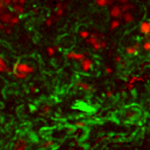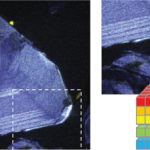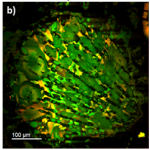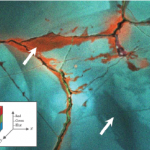Cathodoluminescence (CL) microscopy reveals the real structure of solids based on a crystal's intrinsic properties and trace-element chemistry. Although CL is useful for identifying minerals (and their distribution), researchers more frequently employ this technique to reveal the typomorphic properties and features of minerals that characterize the conditions of formation and alteration to reconstruct geological processes.
The table below shows various minerals that may be examined using CL. Note that iron minerals and iron-rich phases are generally non-luminescent.
| Class | Examples |
|---|---|
| Elements | Diamond |
| Sulfides | Sphalerite |
| Oxides | Corundum, cassiterite, periclase |
| Halides | Fluorite, halite |
| Sulfates | Anhydrite, alunite |
| Phosphates | Apatite |
| Carbonates | Calcite, aragonite, dolomite, magnesite |
| Silicates | Feldspar, quartz, zircon, kaolinite |
Experimental briefs and application notes
Webinar
Cathodoluminescence Explained. Episode 3: Analysis Modes for Geoscience Applications




